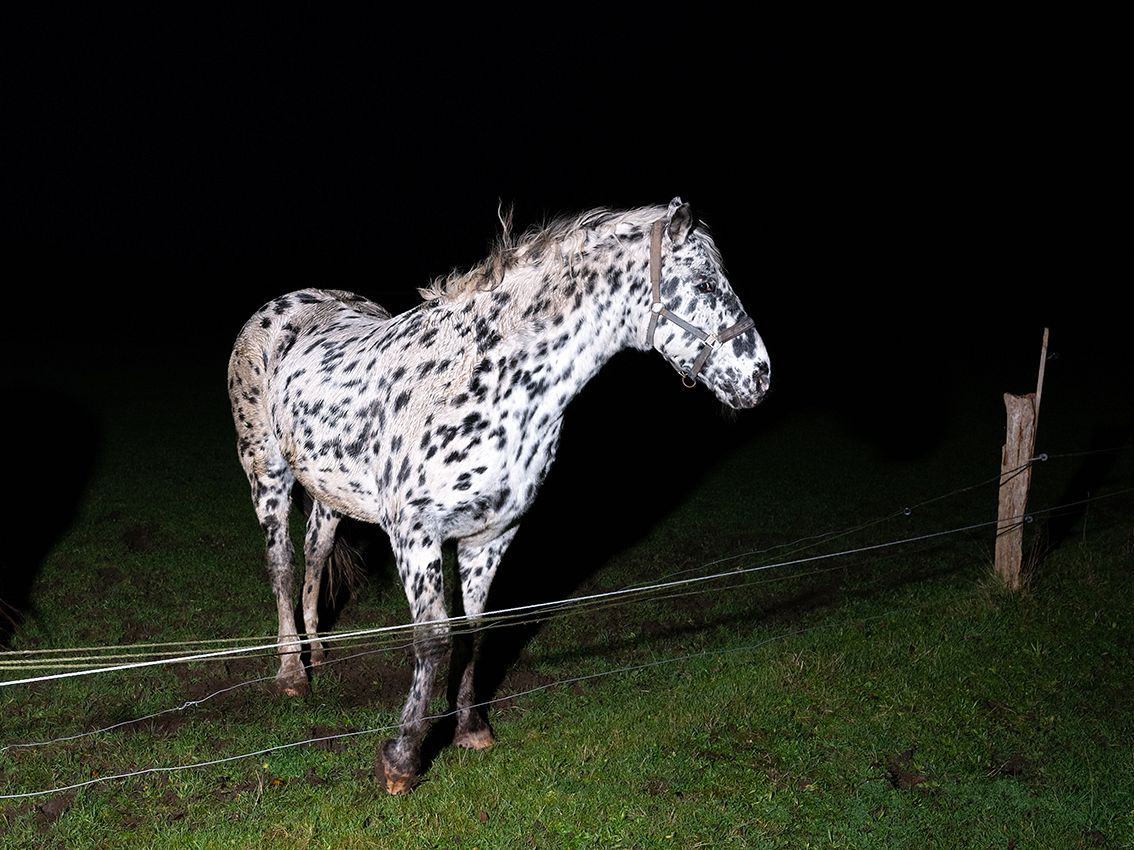
Anders Birger
Keywords: Europe, Border, Identity
I grew up working class. My father was building ships at the local wharf and a unionist, my mother was a social worker and cared for us. When I was five, my brother died and my family disintegrated. I spent much of my childhood looking at the people surrounding me, watching them live through different stages of grief. When I got access to my first camera at the age of six, it became my way of trying to understand moments of human interaction and emotion. A way to organise them and categorise them.
Now, my work might be about others, but it is still a way for me to understand my own position in society; still a way for me to try to evolve as a human being. I aim to be honest in my work, as I aim to be honest with myself. My goal is constant development and my fear is personal stagnation.
I work with photography and video. I also like to write and build things for my projects. My aim is to tell stories that make you wonder. These stories exist in the realm of magic realism, sitting between fact and fiction. I want my audience to be free to explore the world I create and draw their own conclusions. By focusing on themes of power, control, courage and beauty, I hope to make people question the stories we tell ourselves, and the social structures that bind us. In this way, I want to challenge the inequalities in society.
HALLS OF LOST STEPS
Graduation Project
“Dear Clara, how do borders look like in your Europe? In your future? Here in the 21st century, perhaps we Europeans have taken them for granted. But they rise and fall all the time, in big and little ways. They have shaped us, they shape you. Here are some stories, Clara, and some photos. There are all different kinds of things here: photos from across Europe now; stories and images from archives about our shared and divided history; images I’ve made for you to try to show you something. About wars, about refugees, travellers, and those who tell their grandparents’ stories; fraught crossings, and joyful meetings. I’m still collecting them, still talking to people across Europe with border stories. This project will never really be done. Clara, my daughter’s daughter’s daughter, this is about the lines that divide and connect us - for you.”
For Clara is a photographic and written exploration about borders in Europe - past, present, and future. In it, photographer and writer, Anders Birger, draws together a world of stories, both real and imagined, to show us how borders shape our lives. In the same way that borders are never truly settled things, this work is amorphous. It lives as an online archive, where new interviews and images are gathered continuously from those who have something to tell us about borders. It is also an editable box book, containing photographs and words that can be reordered and rediscovered again and again. In some ways, For Clara, is a simple traveller’s tale: Anders in his car crossing and recrossing the borders of Europe to talk to its citizens and its outcasts. In other ways, it’s a world within a world that invites us to encounter the limits of what we call our national and international identity and where we are all headed.
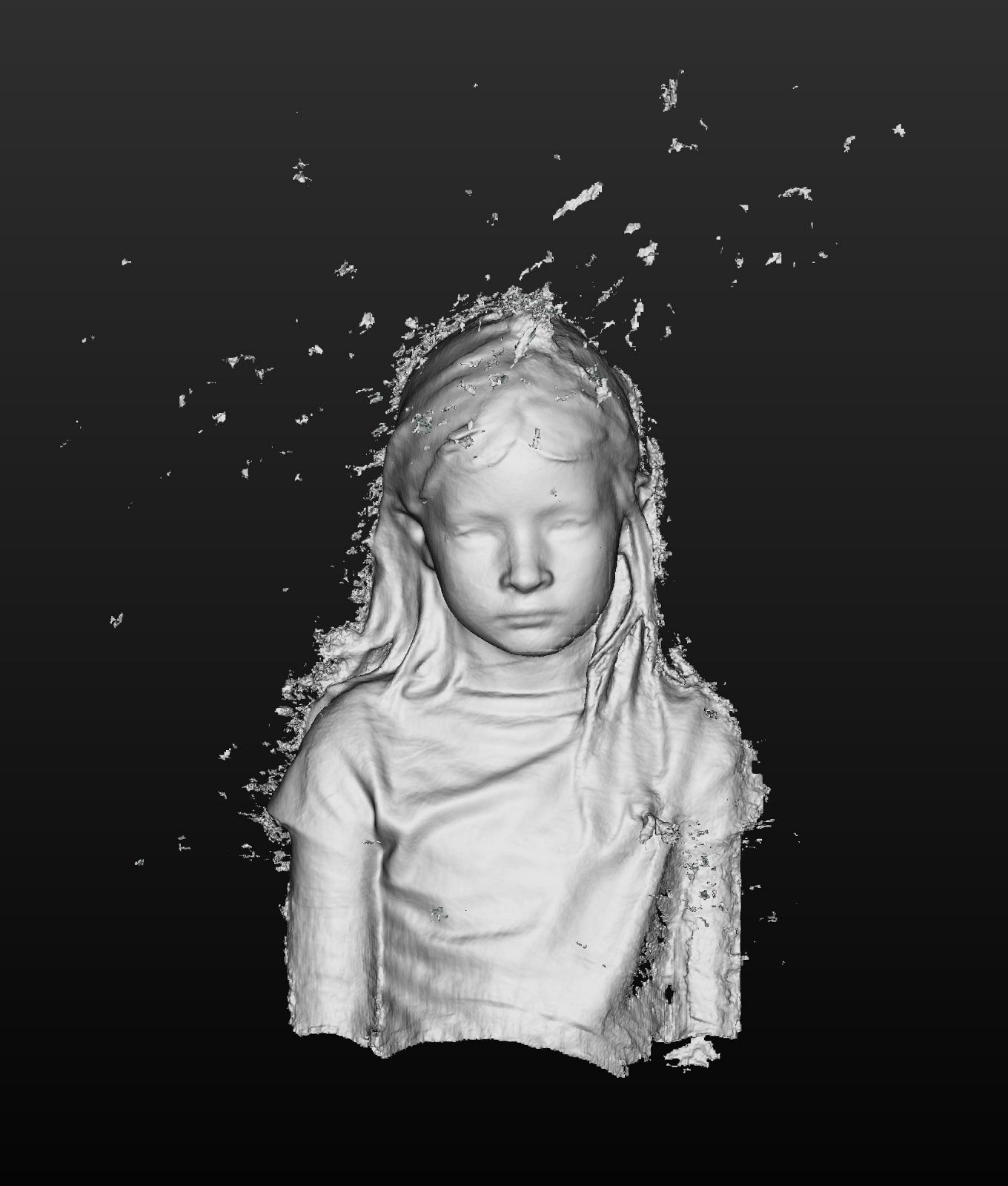
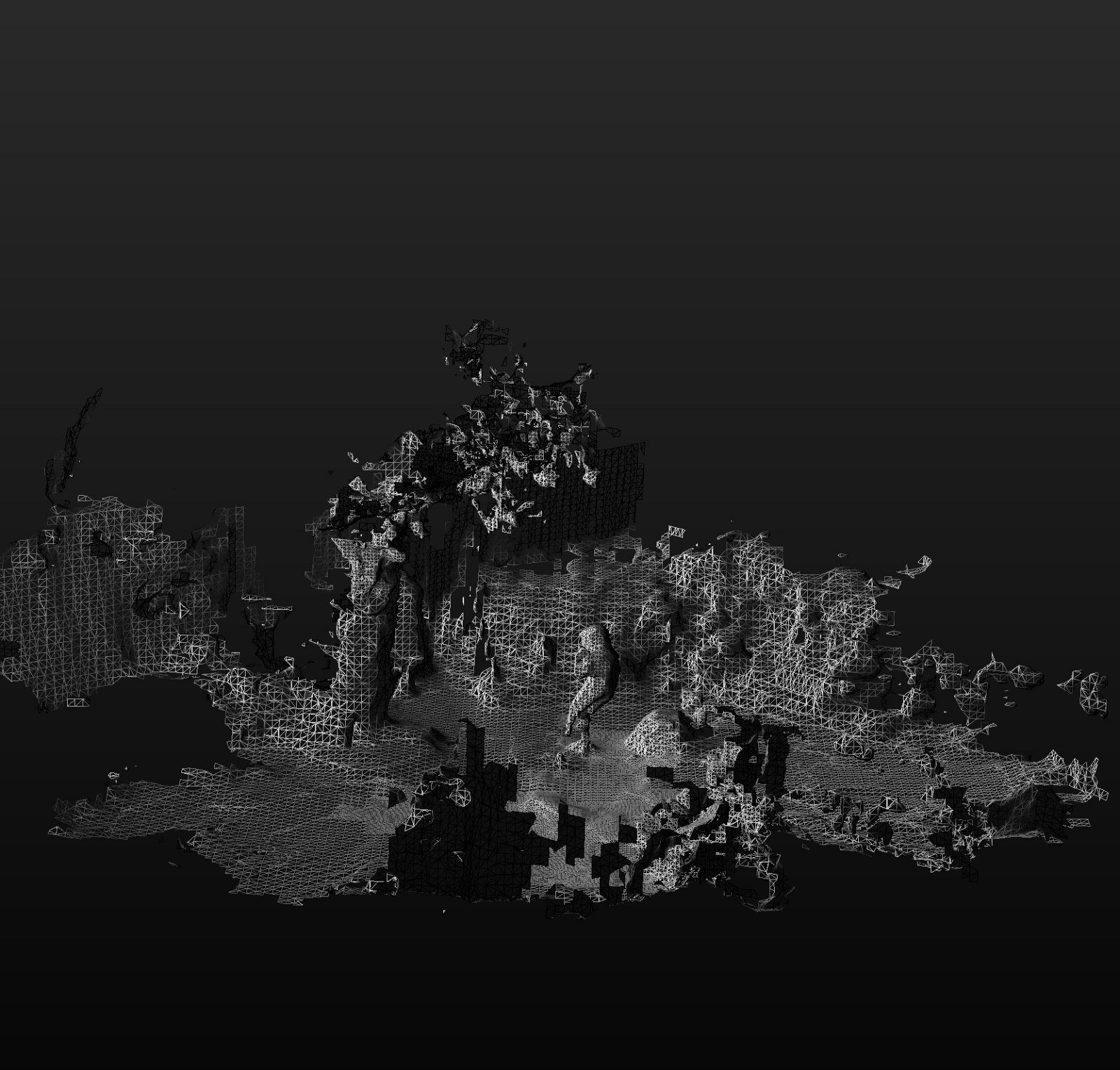
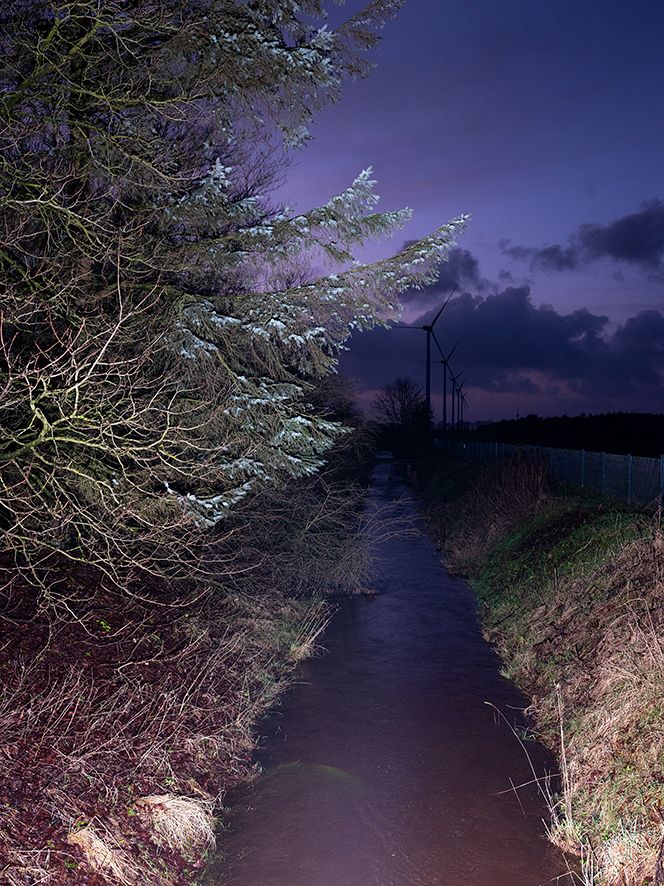
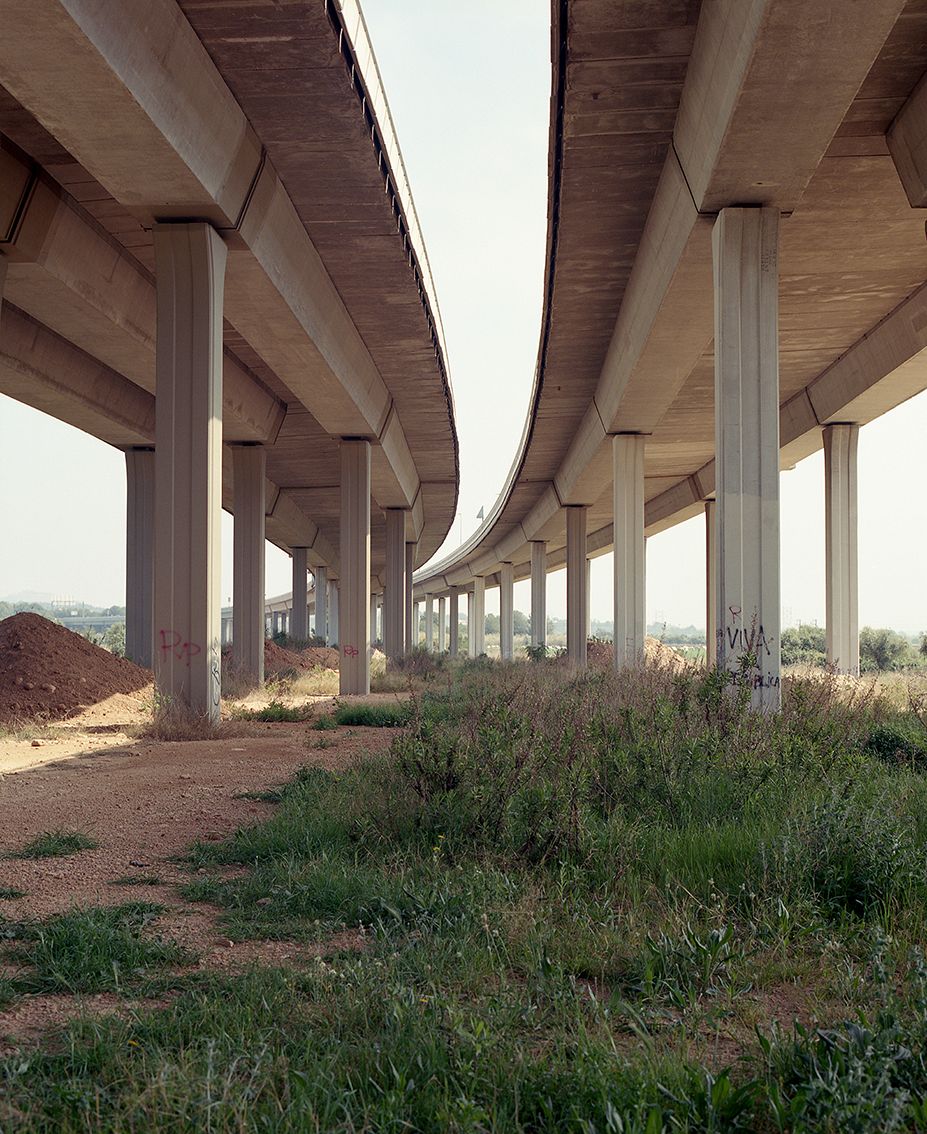
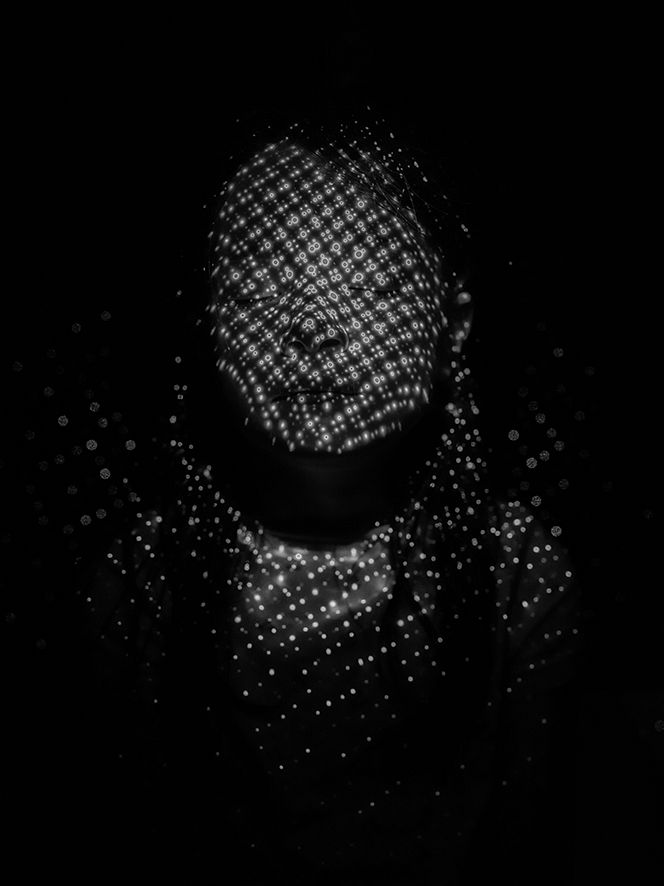
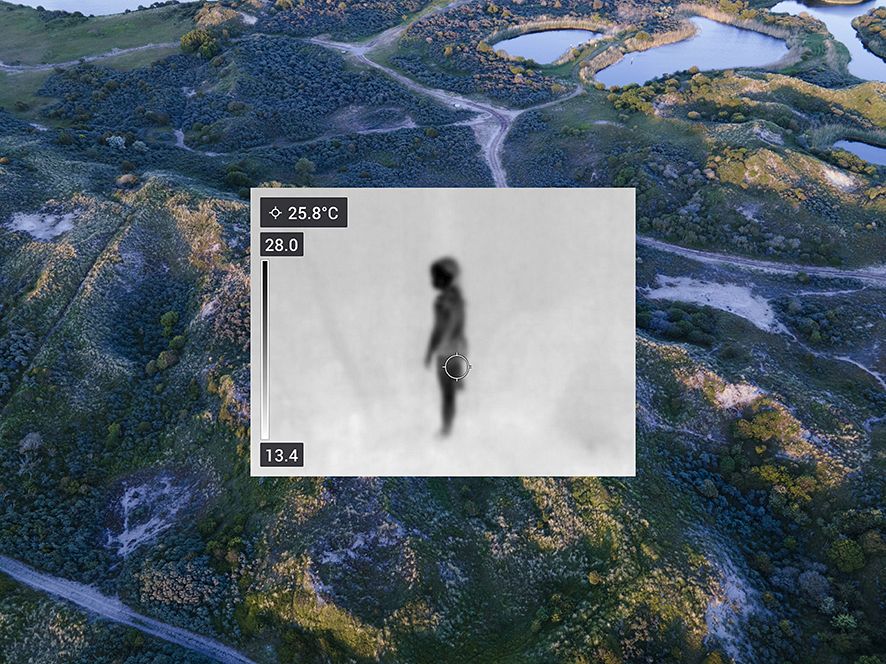
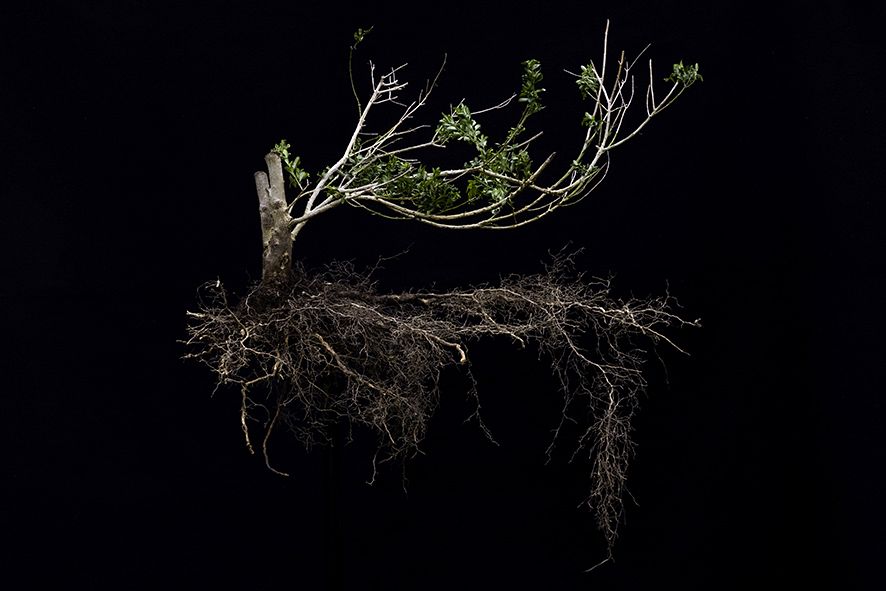
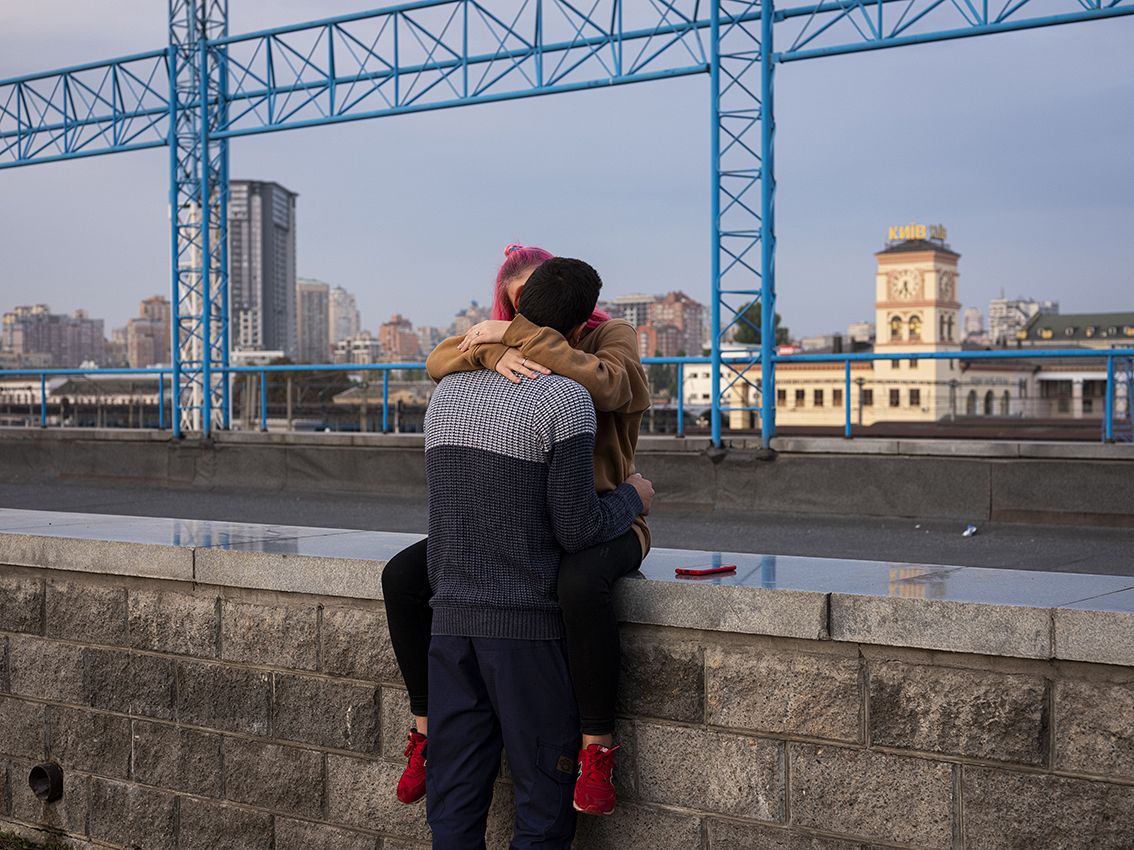
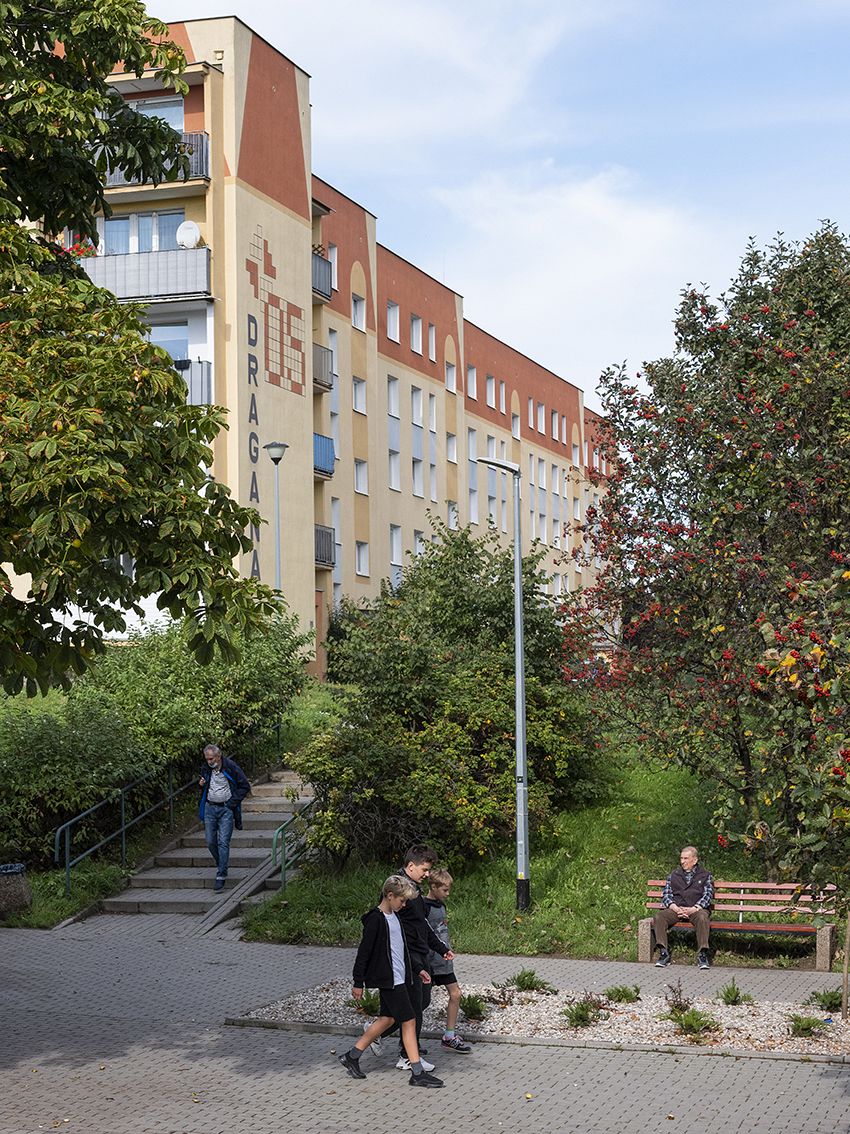
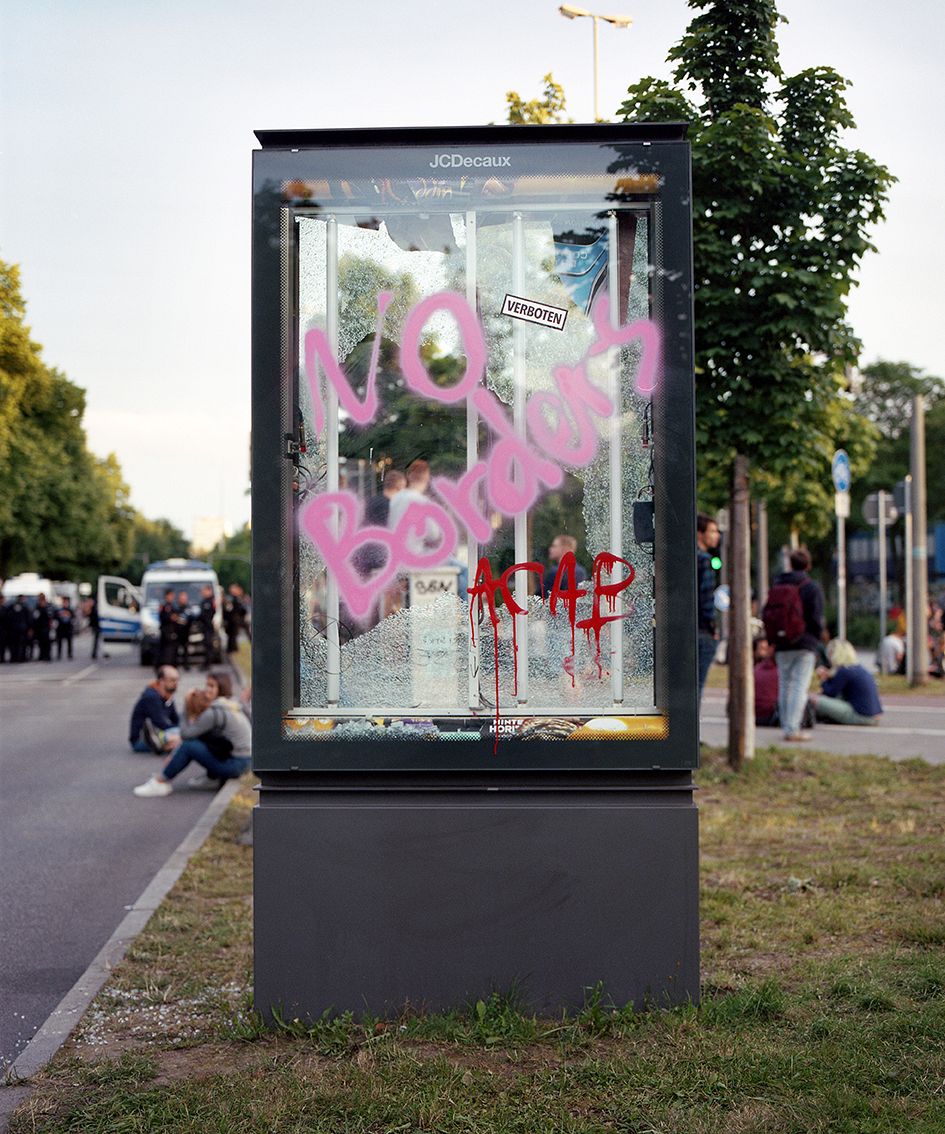
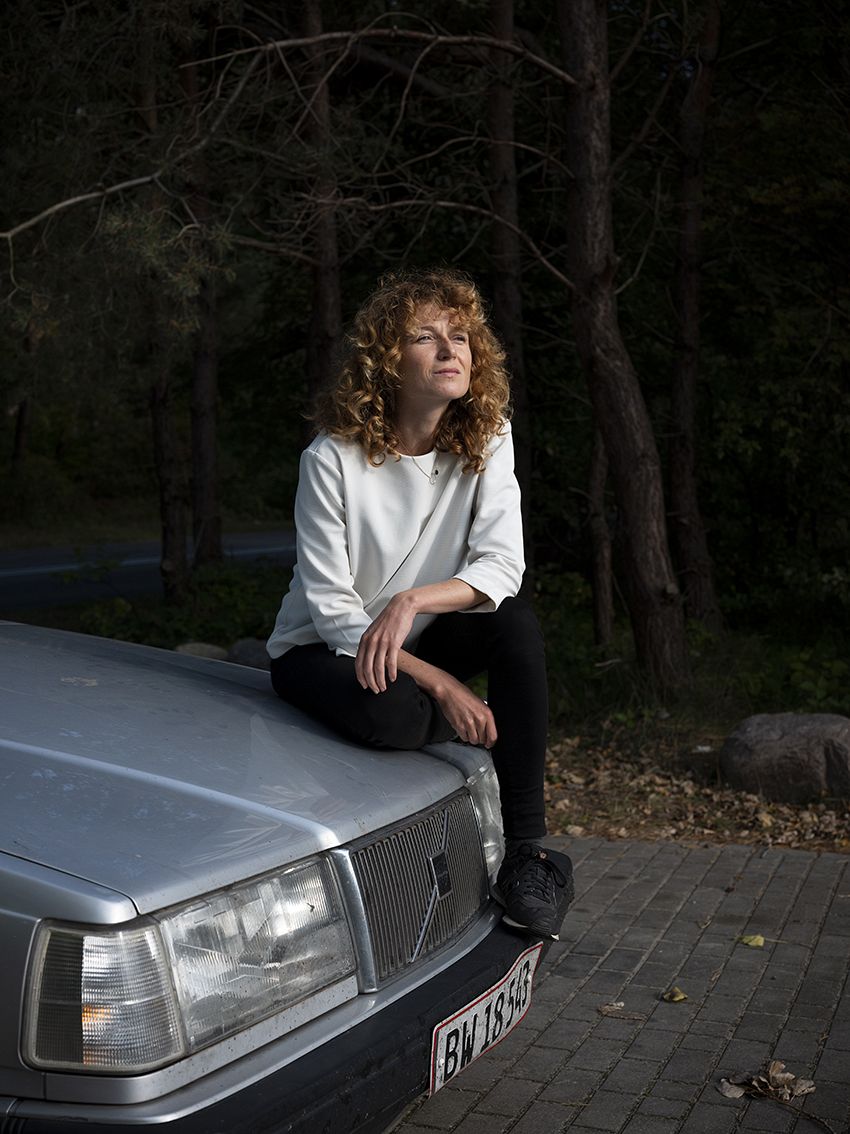
DEAR CLARA'
Thesis
Dear Clara,
You are a figment of our imaginations, me and my daughter Nora, your great-grandmother. I set out the parameters, she filled in the gaps. You are a girl, she said. You are 21 years old - no, nine! Well, she hasn’t fully decided yet. You have a best friend, her name is Lila. Your name is Clara. When I asked why she shrugged.
The most memorable piece of advice I have received in the last two years studying at an art academy, is “It doesn’t all have to make so much sense”. Every fibre in my body rebels at this. I want there to be a reason for my decisions. It needs to be logical. This is the leftover from my photojournalistic upbringing. The problem with this kind of thinking is that it all becomes about the final product, the ultimate image. When you are constantly trying to create something sublime, it stops you from experimenting. I end up not creating anything that I don’t already know how to do. I attended a talk with British photographer Paul Graham once. He said, “The only fate worse than death is having to repeat myself over and over again for the rest of my life”. I concur.
I have started to let go. I have started to accept the loss of control. I have started to set myself new challenges. Challenges that can’t just be solved by heading out on the road with a camera.
How do you photograph the past? How do you create images showing imagined moments from stories told by others? How do you photograph the future? Maybe you don’t. Maybe you paint it instead. Maybe you speculate and invite people to speculate with you. Maybe you care less about the ultimate image, the end goal, and focus on the process instead. Maybe you find that your life and your practice slowly start to merge, as you find the questions you are asking yourself professionally are the same questions you should be asking yourself privately and vice versa.
I have brought play back into my life. When Nora and I built a refugee camp in our back garden when we started to paint postcards to send to the future, when we told your story to each other, or when we decided to build a radio out of electrical wire, a razor blade and led from a pencil. While exploring this good life, there was always a little, stern voice in the back of my head asking “But why?”. I think I am finally managing to just shrug.
By not knowing the answers beforehand I am free to explore, to make mistakes and to play. Then, little by little, the most amazing thing started to happen. Slowly, ideas, explorations and experiments started to align. They started to come together, to intertwine with each other and point towards new realisations. As I began to quieten that stern voice in the back of my head and stopped trying to get everything to make sense - it began to do just that.
It makes sense now, Clara.
This project is our gift to you. It is part of my legacy as a photographer and a great-great-grandfather. It is also my gift to Nora, and Nora’s gift to me, our time spent playing, building, creating and being together. Our lives entwined, telling stories, shrugging our shoulders, heading out to play.